Tips For Using Eureka Math (And How To Make It Fun!)
I have taught Eureka Math (Engage NY) for the past several years in my classroom. At the end of the first training for this new math curriculum, the presenters said that Eureka is a learning curve.
I agree. It is a huge learning curve when I compare this curriculum to other curricula I have used in the past. Eureka is a systematic math curriculum that has multiple components. Here are some tips to get through it, primarily if you teach primary learners.
Fluency Activities
Every Eureka math lesson comes with fluency activities. These activities aim to practice previously taught concepts or prepare them for upcoming lessons. There’s usually more than one activity. I recommend looking over the fluency activities and deciding which ones to use. They also have sprint books, where they practice solving a variety of addition and subtraction number sentences. So, it’s a lot and could be time-consuming. Choose which fluency activities you would want to use for each lesson.
Concept Development
Concept development is your lesson or instructional focus for the day. During this time, students explore a math concept using diagrams or pictures and share their thinking with a peer or the class. The lessons are “I do, we do, you do,” which ends with students completing a problem set. This curriculum also comes with a script. I don’t recommend reading it word-for-word, but review it before you teach it to students and decide which example problems you want to use.
Problems sets are problems based on the lesson for that day. Problem sets are usually about 10 minutes. These problems are carefully crafted; they start simple and become more complex. To differentiate your instruction, your students ready for more challenging work begin with complex problems.
Students only need to complete part of the worksheet. Each lesson has an exit ticket so you can frequently monitor student progress.
Debrief
During this time, you clear up any misconceptions or have students discuss their mathematical thinking, such as the strategies they used. It’s usually about 10 minutes.
More Tips
- Teach the modules in order. They build upon each other. No skipping!
- Teach the lessons in order. You can combine lessons, but I don’t recommend skipping any.
- Preview the lessons and plan how you are going to teach them. Decide which fluency lessons you will teach for the day and what materials you need.
- Build-in brain breaks to break up the monotony of your students sitting for a long time. I like to use Jack Hartman or a math brain break, but use what works for your students!
Additional Websites
There are two websites that I recommend. The first is Zearn. Zearn and Eureka Math go hand-in-hand. What I like about it as a teacher is that it tracks students’ progress and is adaptive to their needs. It’s free, too!
Here’s a document from Zearn explaining how Eureka’s math modules match their math.
Embarc Online is a Eureka Math gold mine. It supports teachers that are using the Eureka math curriculum. It has all the lessons as Google Slides (for free!), videos, exit tickets, parent newsletters, and additional resources.
Small Math Groups
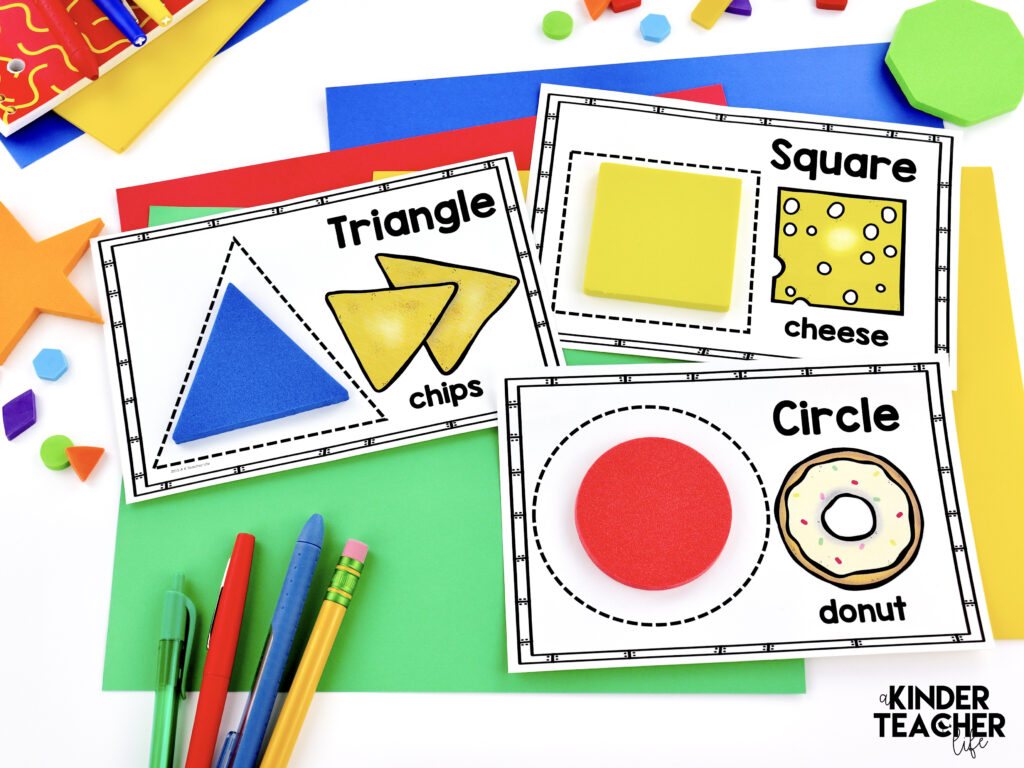
I have a wide range of learners in my class, and most need additional support. I still work with students in small groups during our math block to help remediate, boost, or enrich skills.
My math centers are organized by concepts, so you can pick the concept that I want to work on using hands-on and engaging activities!
Math Centers
These math center activities align with Common Core state standards and cover the same concepts in many math curriculums.
My math centers are low-prep and hands-on, with over 18 activities. They also include a digital game for Google Slides and Seesaw and practice worksheets. With so many options, you can easily differentiate your instruction and meet all your learners’ needs.
Most importantly, they make math FUN. So many students don’t see themselves as mathematicians, but these activities will make learning fun and accessible to all students.
Happy Teaching,
Tee

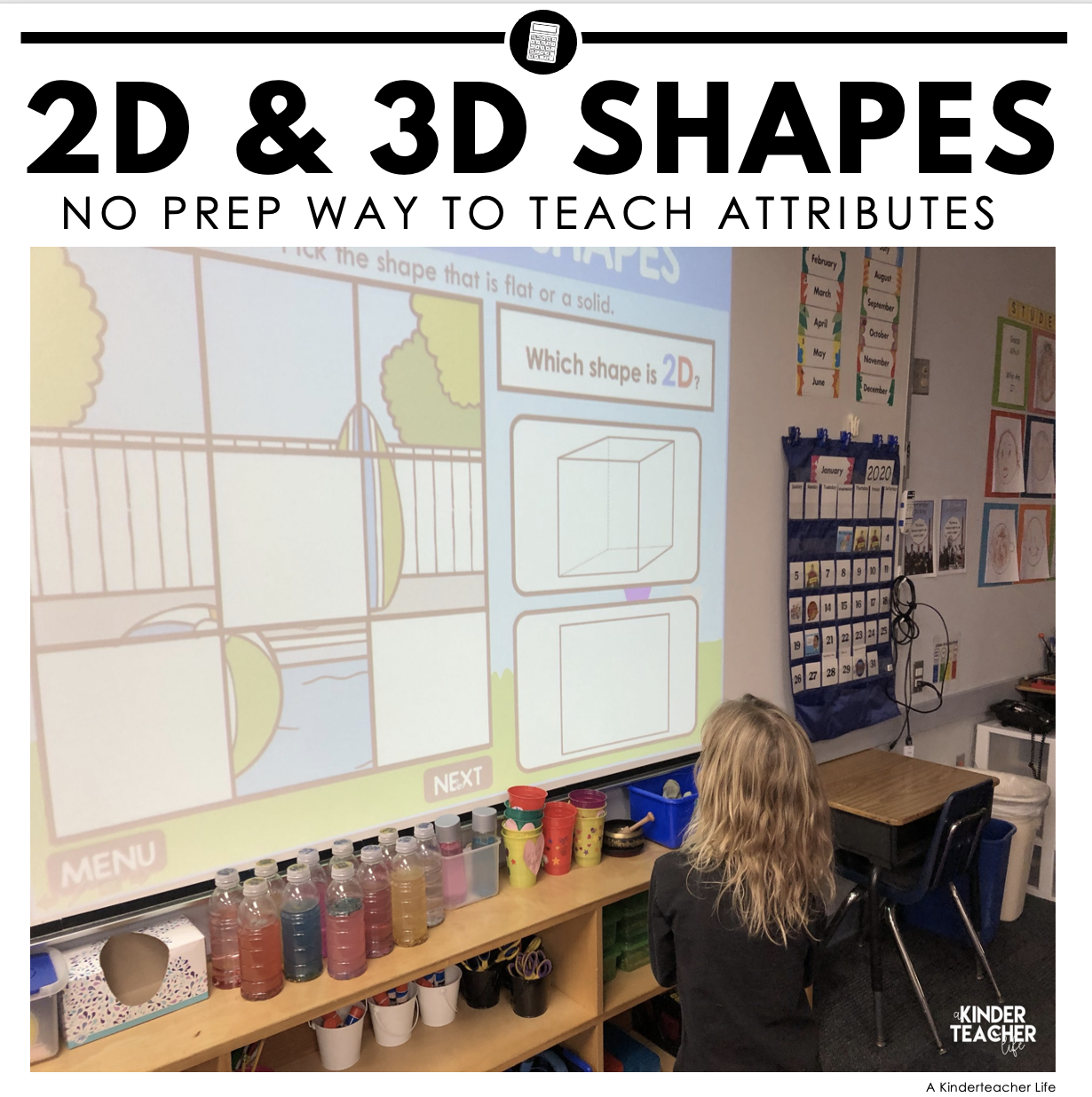
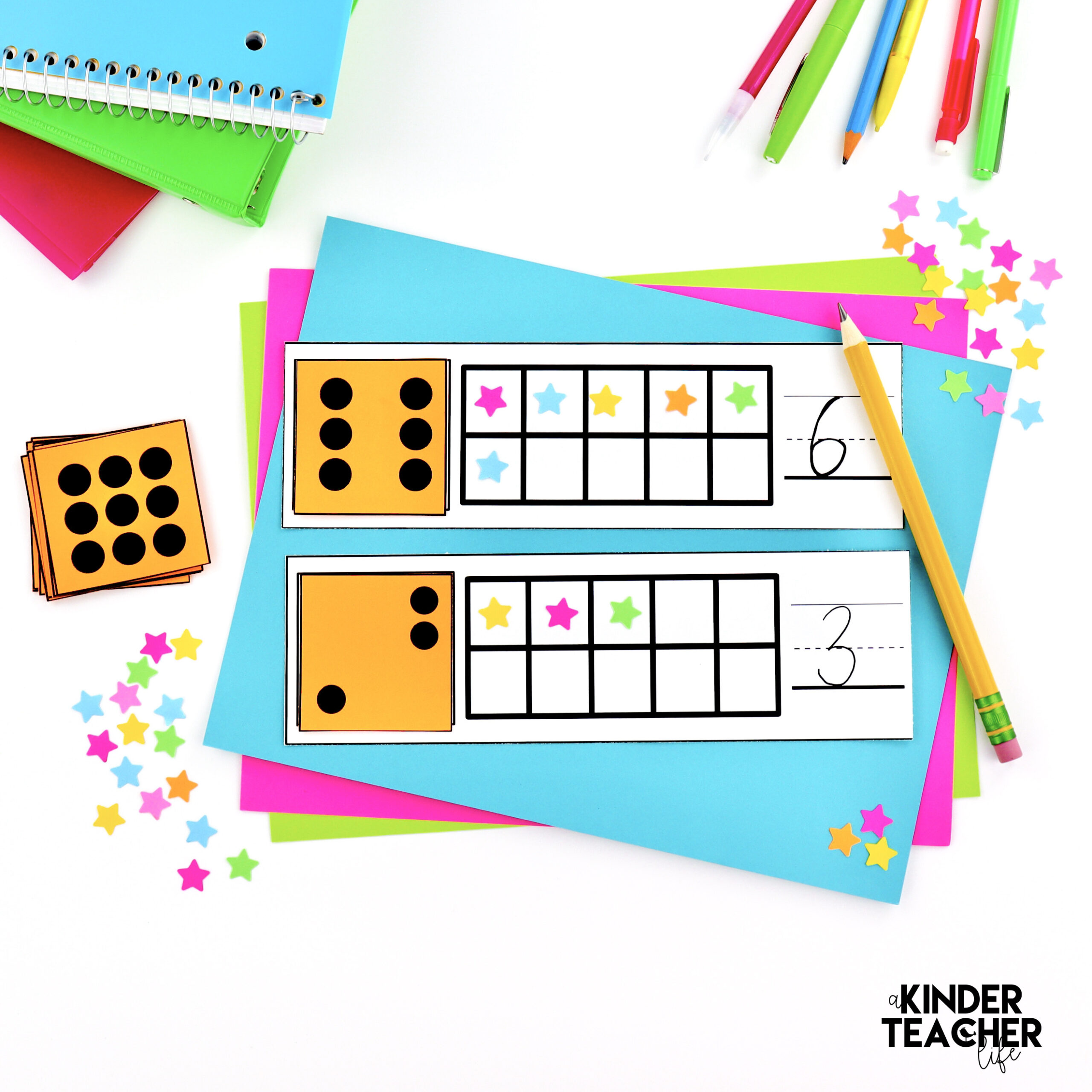
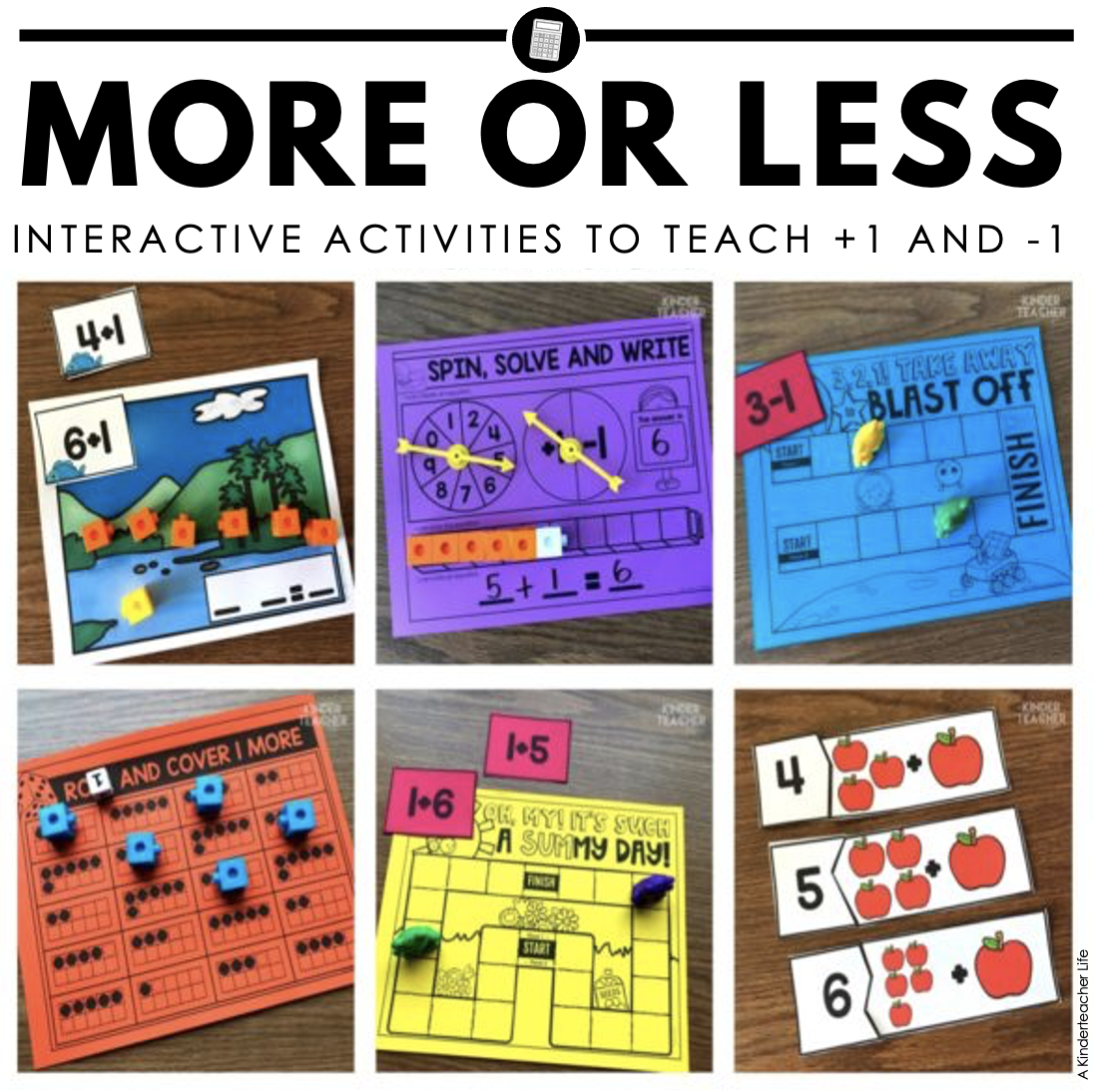
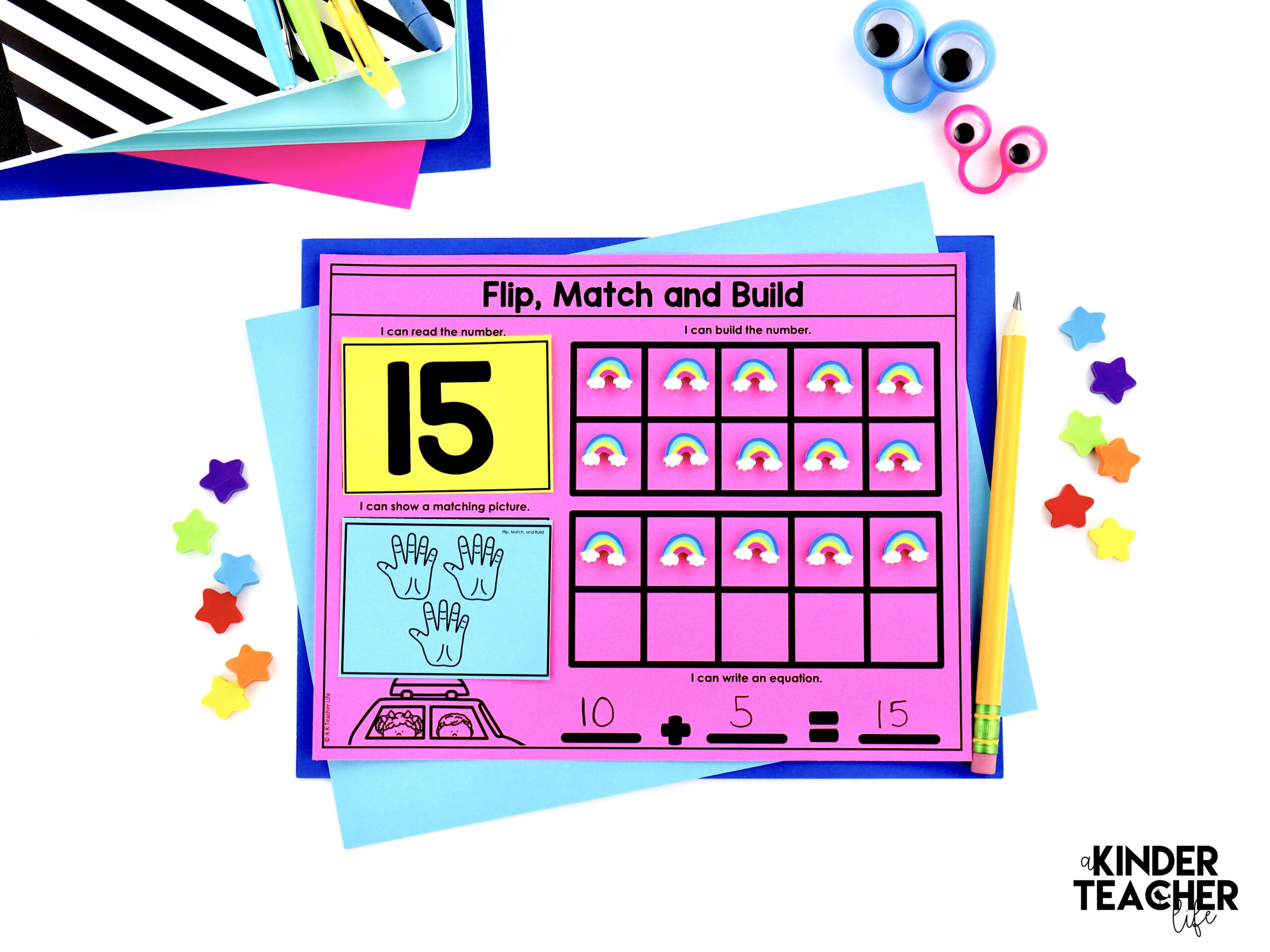
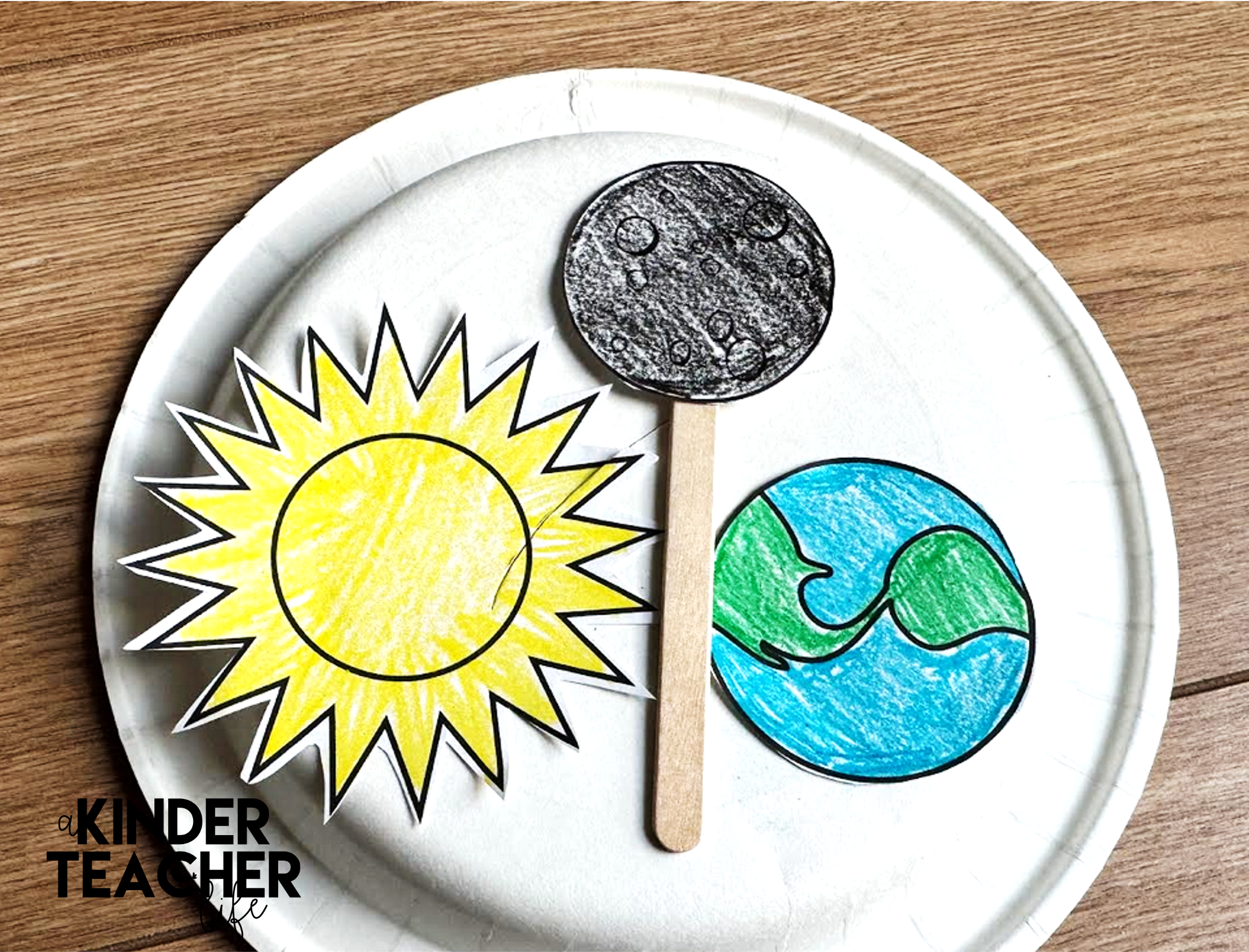
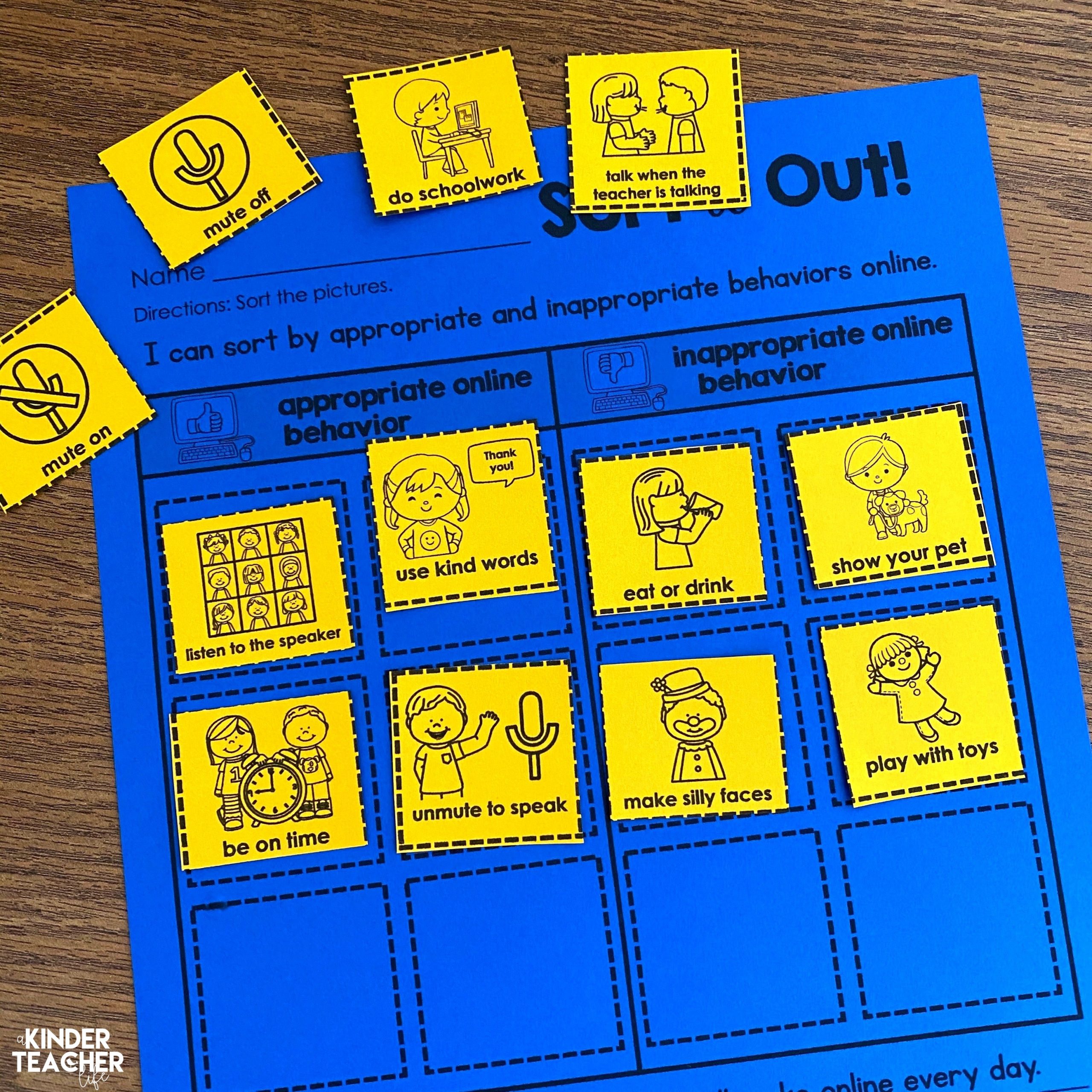

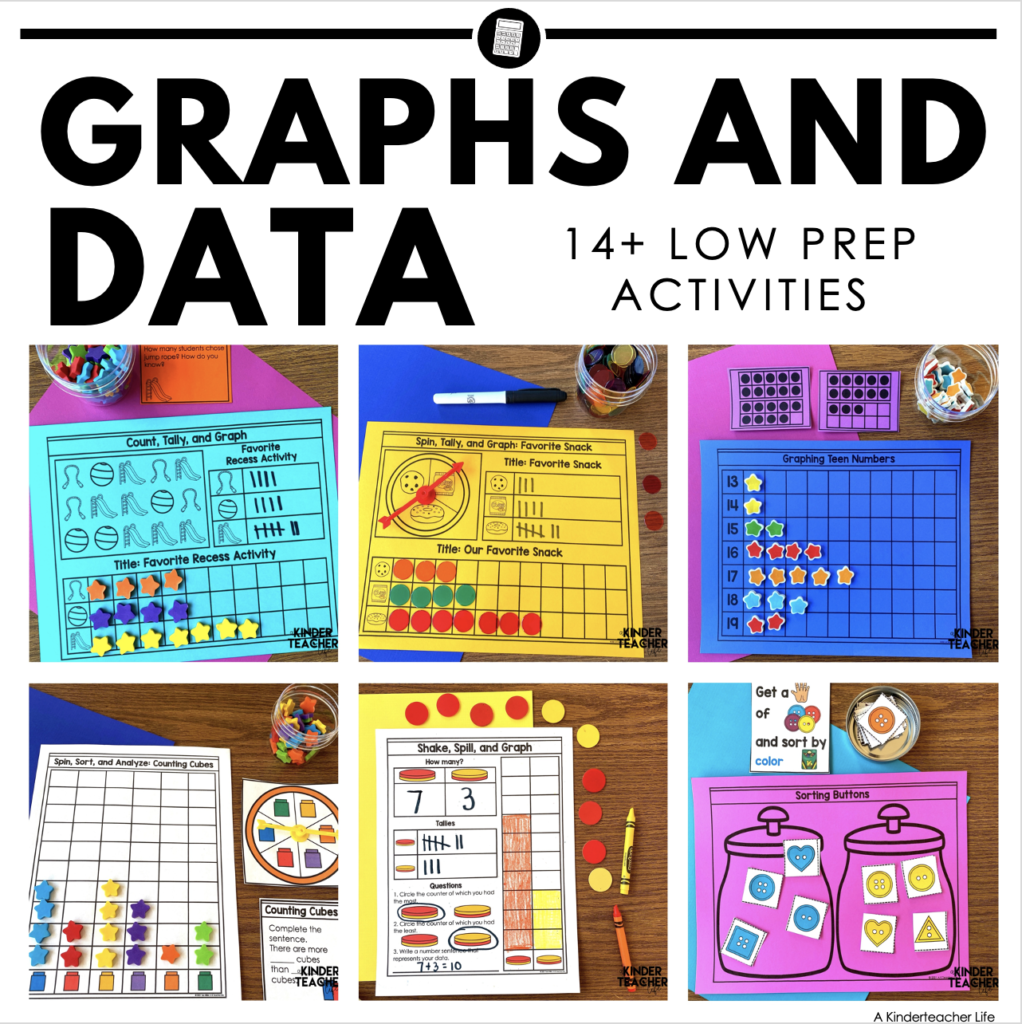
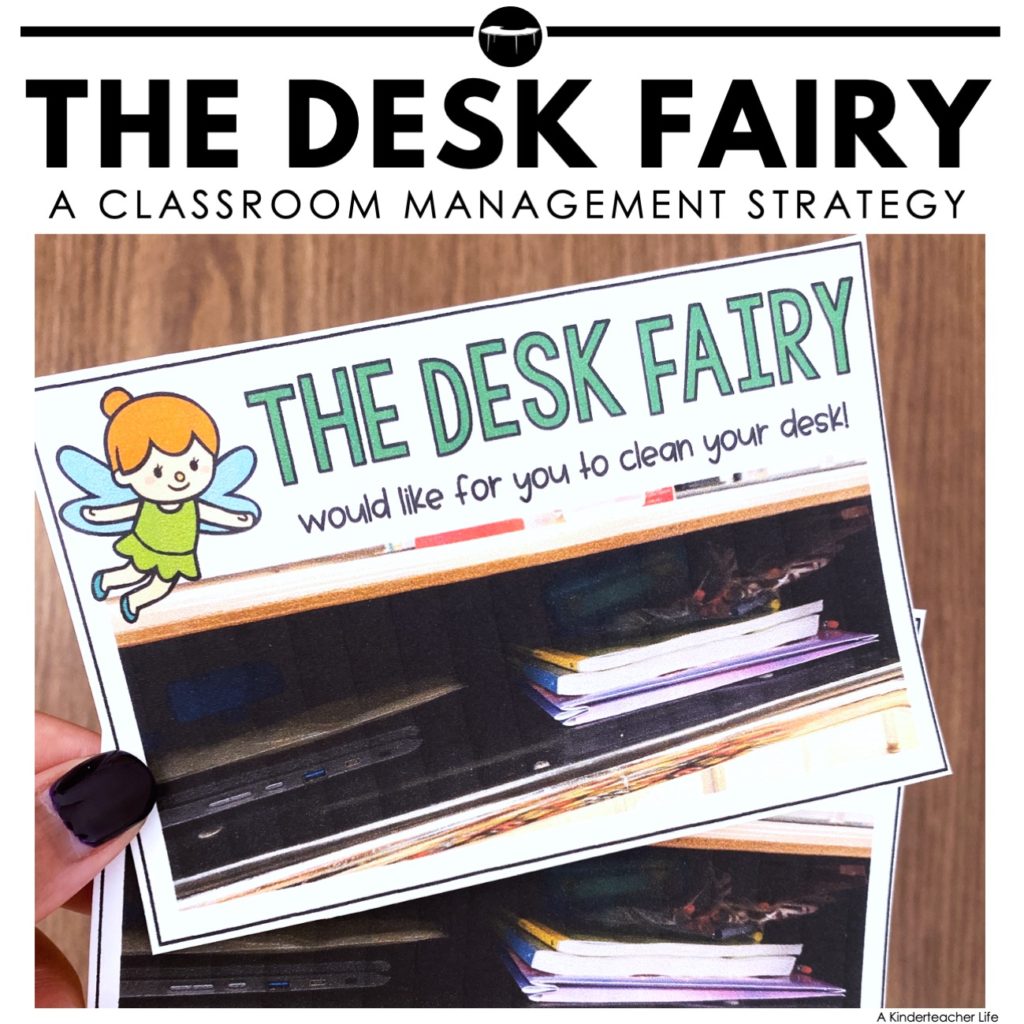

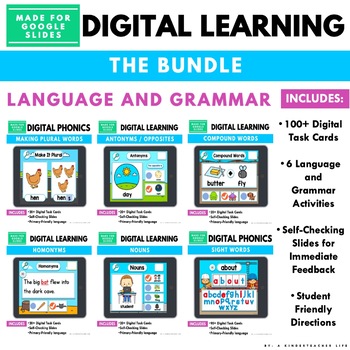
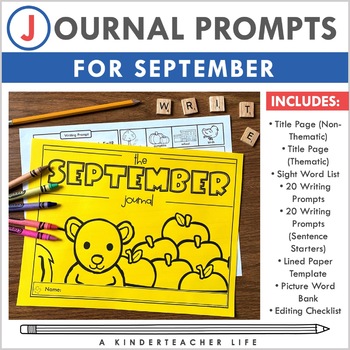
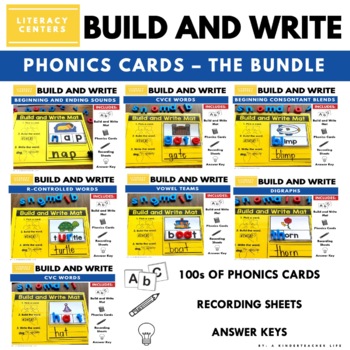

One Comment